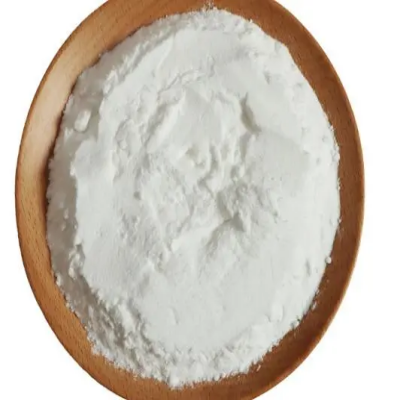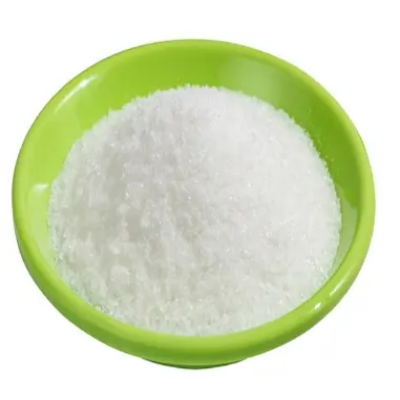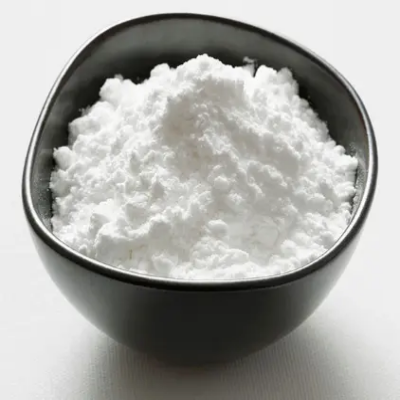cis-Dithiocyanatobis(N,N’-2,2′-bipyridyl-4,4′-dicarboxylic acid)ruthenium CAS:141460-19-7
This complex is known for its intriguing photophysical and electrochemical properties, which make it a valuable material for use in dye-sensitized solar cells (DSSCs). The compound can function as a sensitizer in DSSCs, where it absorbs light and transfers electrons to the semiconductor electrode, contributing to the generation of electrical energy. Its ability to efficiently capture and convert light energy into electrical energy makes it a promising candidate for the development of next-generation solar cell technologies.
Furthermore, cis-Dithiocyanatobis(N,N'-2,2'-bipyridyl-4,4'-dicarboxylic acid)ruthenium is studied for its potential applications in photochemical and photophysical processes. Its unique molecular structure and electronic properties make it a subject of interest in the field of photochemistry, where it can be utilized in the study of light-induced reactions and energy transfer processes.
In addition to its role in solar energy conversion and photochemical research, this ruthenium complex is explored for its potential use in the development of functional materials and devices. Its properties make it a valuable component in the design of light-harvesting systems, sensors, and optoelectronic devices, contributing to advancements in materials science and technology.
In summary, cis-Dithiocyanatobis(N,N'-2,2'-bipyridyl-4,4'-dicarboxylic acid)ruthenium is a compound with potential applications in solar energy conversion, photochemistry, and materials science. Its unique properties make it a valuable material for the development of solar cells and functional devices, as well as a subject of interest in the study of light-induced processes and energy transfer phenomena.






| Composition | 2C12H8N2O4.C2N2RuS2 |
| Assay | 99% |
| Appearance | White power |
| CAS No. | 141460-19-7 |
| Packing | Small and bulk |
| Shelf Life | 2 years |
| Storage | Store in cool and dry area |
| Certification | ISO. |


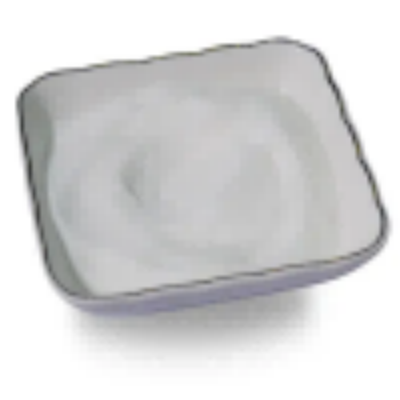

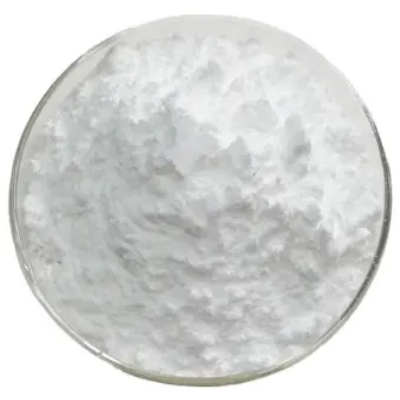
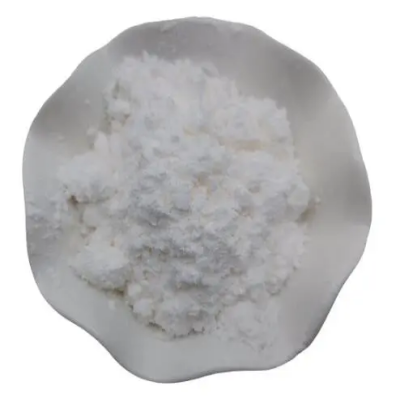
![ethyl 4-(H-imidazo[1,5-a]pyridin-5-yl)benzoate CAS:93178-58-6](https://cdn.globalso.com/xindaobiotech/14Z4YR3PJ6@V5_YM232.png)
